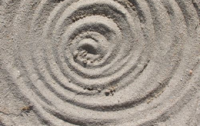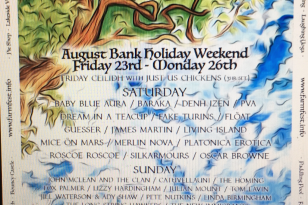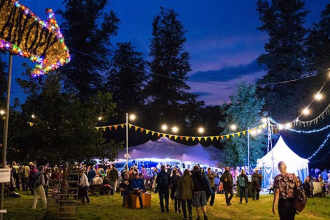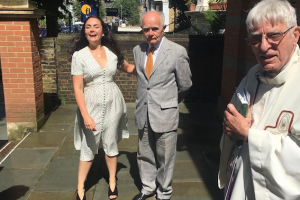A contemplative Greenbelt

The Upanishads say that in the deepest centre of the human heart is a space that contains the whole cosmos. This year’s Greenbelt Festival offered a wealth of opportunities – different forms of worship – to discover that space. I made a spiritual tour of five of them.
Laurence Freeman, a Benedictine monk and teacher of Christian meditation, said that we worship something greater than ourselves, and this act lifts us into being more alive. Such surrender to mystery makes us better able to cope with the ups and downs of life. We can become aware of this greater reality, and it in turn wants to be closer to us. We call this reality ‘God’. The essence of worship is, as Jesus says to the Samaritan woman, ‘spirit and truth’. Jesus was sensitive to the external forms of religion and warns us not to get caught up in them. Having to worship in strange places reminds us that the real place of worship is the heart. Silence is about paying attention, not about the absence of noise.
After this introduction, Freeman led the group in ten minutes of Christian meditation – asking us to say the prayer word ‘Maranatha’ slowly, attentively, syllable by syllable. This utter simplification of prayer – the early Christians called meditation ‘pure prayer’ – is refreshing, deepening and energizing.
Still Point is an organization that tries to encourage and nurture the practice of spirituality in the Christian contemplative and mystical tradition. Two of its members led a series of meditative practices on the theme of water, vital to the Judaeo-Christian tradition. In the first of these, ‘Sea swimming’, the group is asked to imagine itself on a beach and then swimming in deep water, at first afraid and then at peace. The second, ‘Immersed in water’, evokes the waters of the womb, the baptismal waters, and the meaning of water as chaos in the Hebrew Scriptures. You are asked to immerse your hands in a bowl, or do another action significant to you, reverently as if you were taking Communion. I found myself tracing the sign of the cross on my forehead.
The third practice, ‘Give me a drink’, combines prayer and action, where you simply give a stranger in the group a drink of water, or are given water by the other person. Done mindfully and prayerfully, this creates a sense of vulnerability, as you come up against the other person’s need for love and your own need. The final practice, ‘Water blessing’, is simply the aspersion of the group with water, as in the blessing with water done by a Catholic priest.
The other three forms of worship were enormously varied. The Orthodox Vespers sung by the parish of St John of Kronstadt in Bath were a mixture of flowing chant and prayer washing over me and focussing my attention. Both chants and words, as well as the use of icons, reminded me of the Jerusalem Community based in Paris; the words especially recalled their beautiful vespers, which mention that prayers rise like incense. The invigorating Taizé worship mingled music and silence, accompanied by meditative images projected onto the stage. Finally, the liberating eco-spirituality of Contemplative Fire involved touching the grass and feeling the earth’s lament, and praying aloud with a sound that represents grass, earth, God and one’s own name, all together as praise.





















